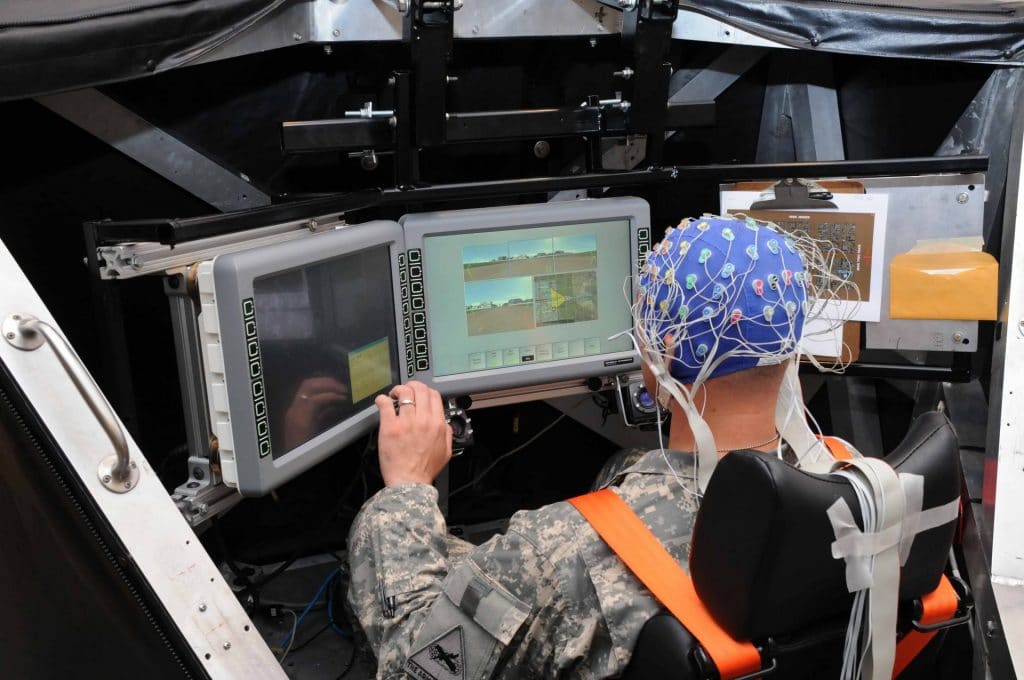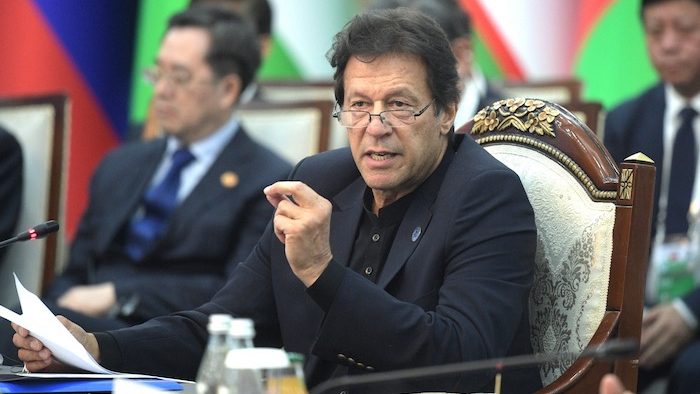by Michael Peck
Here's What You Need To Remember: India's options include more investment in offensive cyberwarfare, long-range precision weapons, hypersonic anti-ship missiles, maritime surveillance and anti-satellite technology. Rather than expensive surface ships like aircraft carriers, India should focus on submarines.
How can India defeat China in a war, even though China has a larger and more technologically advanced military?
By essentially using the same tactics that China successfully used to fight the United States in the Korean War in 1950-53. Hit-and-run tactics in which Indian troops lurk in the Himalaya mountains, and then swooping down to surprise Chinese troops in the valleys below.
That’s the argument of an American defense expert who believes that India and America face parallel threats. While America is concerned about the security of the Western Pacific, India must worry about its disputed Himalayas border with China – over which the two nations fought in 1962 – as well as a growing Chinese presence in the Indian Ocean.


















